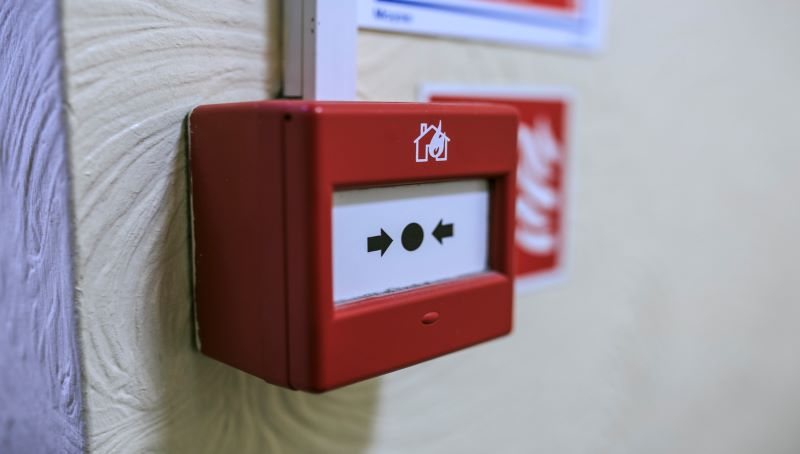
By Debbie Larner, HQN Associate.
It is almost four years since Dame Judith Hackitt published her final report Independent Review of Building Regulations and Fire Safety, where she concluded that the system failure that led to the tragedy at Grenfell in June 2017 was the result of “a cultural issue across the sector, which can be described as a ‘race to the bottom’ caused either through ignorance, indifference, or because the system does not facilitate good practice”.
At the heart of the recommendations was the need for a cultural change to rebuild trust and ensure that residents feel safe in their homes again.
At the centre of this (or so it appeared) was the introduction of a new statutory role of the Building Safety Manager (BSM) – a named individual who residents would be able identify as the person who was responsible for the day-to-day safety of their building, who would listen and respond to their concerns and be the face of an often face-less landlord.
This was seen as so pivotal that if the accountable person failed to recruit a Building Safety Manager, it could constitute an offence (with a maximum penalty of up to 2 years in prison, unlimited fine or both). Serious stuff.
While there was much debate across the sector about the Building Safety Manager – was it a role or a function? How could one person have the technical competence and soft skills to deliver the role? How many BSMs would be required for each building? How would competence be assessed and/or accredited? How much should they be paid? – there appeared to be a general agreement that this would be an important role (or function) to build trust and provide the assurance that residents needed post-Grenfell.
Indeed, many providers, being urged not to wait for the legislation, have already successfully recruited to these roles.
And many an hour was spent by a whole range of stakeholders, across many government convened working groups, looking at the role, purpose and competency of this role.
So, I think it’ s fair to say that it came as quite a surprise to many of us who have been deeply ingrained in the development and competency of the BSM that, during a series of amendments to the Building Safety Bill, government removed the legal requirement for building owners to appoint a Building Safety Manager.
The rationale for removing the statutory requirement to appoint a Building Safety Manager is because of the additional cost of the role (salaries seem to range from between £50- 90K per BSM) could potentially place on leaseholders.
We know Government has been talking tough about leaseholders facing charges for remediation works, but clearly, this has now extended to the cost of implementing the new building safety regime.
Announcing the changes, Secretary of State, Michael Gove explained that “no leaseholder should pay the price for shoddy development, and we have listened to their concerns, removing the requirement for a separate building safety charge and scrapping compulsory Building Safety Managers, to help avoid unnecessary costs”.
This also explains why the controversial Building Safety Charge – the proposed mechanism for landlords to recover costs associated with the new building safety regulatory regime from leaseholders- introduced in the original Bill has been scrapped too.
While it’s hard to argue against leaseholders facing large bills in relation to the new building regime, this decision appears to fail to take account of the original policy intention which was to have a named individual who residents could identify to ensure that they felt safe and have their concerns listened to.
The suggestion that the day-today responsibility of managing the safety of buildings will now fall on the accountable person (which is likely to be the building owner or managing agent) really doesn’t seem practicable – generally, the accountable person will be very far removed from the operation and management of a building and may not be the most trusted and approachable person for residents to address issues and concerns to.
While we wait for additional guidance from the Building Safety Regulator (BSR) to provide further guidance on how the accountable person will manage this additional responsibility, the need for a competent person remains to deliver on building safety and safer homes for residents.
In reality, it is likely that many organisations will still choose to recruit an iteration of the statutory BSM. Interestingly, the work of the BSI to develop the PAS 8673 (Framework for competence of individual Building Safety Managers and nominated Individual Building Safety Managers) continues.
However, it will be interesting to see how the BSR will set competence requirements in the absence of a statutory role and how will it ensure that residents have a relevant single, identifiable point of contact – something that was very clearly at the heart of Dame Judith Hackitt’s initial proposals four years ago.





